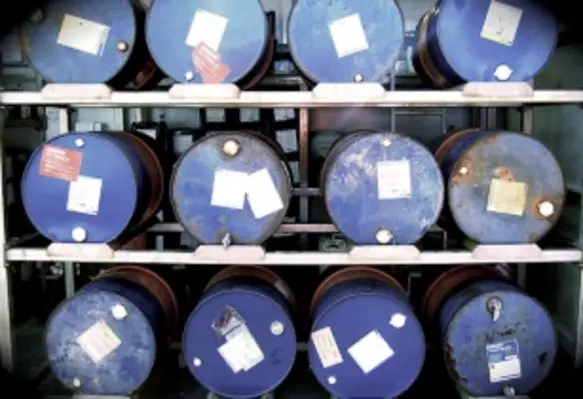Kuwait expects to raise its oil output capacity to 3.165mn bpd by the end of this year as upstream development projects continue to move ahead, adding 165,000 bpd to the current three million bpd
The country’s medium-term target of raising output capacity to four million bpd by 2020 remains in place, Kuwait Petroleum Corporation CEO Jamal Jaafar said on the sidelines of an oil and gas summit in Kuwait.
However, while that production target formerly referred strictly to crude, it now includes condensate, he added.
This is because Kuwait is switching the focus of upstream development program from oil to gas, which the OPEC producer needs to feed its growing refining, petrochemical and industrial sectors as it seeks to capture more value from its oil resources while diversifying its economy and reducing state dependence on revenue from crude exports.
“The future focus will be on Jurassic gas,” KPC CEO Nizar al-Adsani revealed.
Currently, a number of long-planned upstream oil facilities projects are moving ahead.
Recent contract awards include three for construction of new oil-gathering centres, while bids are being sought for a fourth with a capacity of 120,000 bpd, Adsani said.
More contract awards have been made for two of four planned early production facilities to handle initial output from recently discovered fields, with contracts for the other two expected to be signed soon, he noted.
In addition, Petrofac has been awarded a contract for a heavy oil project, Adsani said, without providing details.
Kuwait’s gas development drive should result in 2.83mn cu/m per day of new gas production and 300,000 bpd of condensate by 2022, two years later than originally targeted, Jaafar indicated.
“Because we didn’t sign the facilities earlier, we are not going to see 2.83mn cu/m per day by 2020, but hopefully by 2022. By that time the new facilities will be ready to produce,” he said.
KPC, the state-owned parent of KOC, will also soon announce the signing of two enhanced technical service agreements with international oil companies for onshore oil and gas development in the north and southeast of Kuwait, while a third such agreement is due to be signed in September, Jaafar said.
A new offshore exploration drilling campaign is now expected to get underway within the coming year following an extensive marine seismic exploration survey — also somewhat later than originally planned.
“Our plan was to start in 2016, but we are a little delayed. We will start by March or April next year,” Adsani said.
“We have finished the data interpretation and are trying to locate where to drill,” he said, adding, “We have six locations to start delineation in 2017. We will start by March or April next year.”
The latest Platts survey of OPEC oil production showed Kuwait pumping 2.78mn bpd of crude in March 2016.









